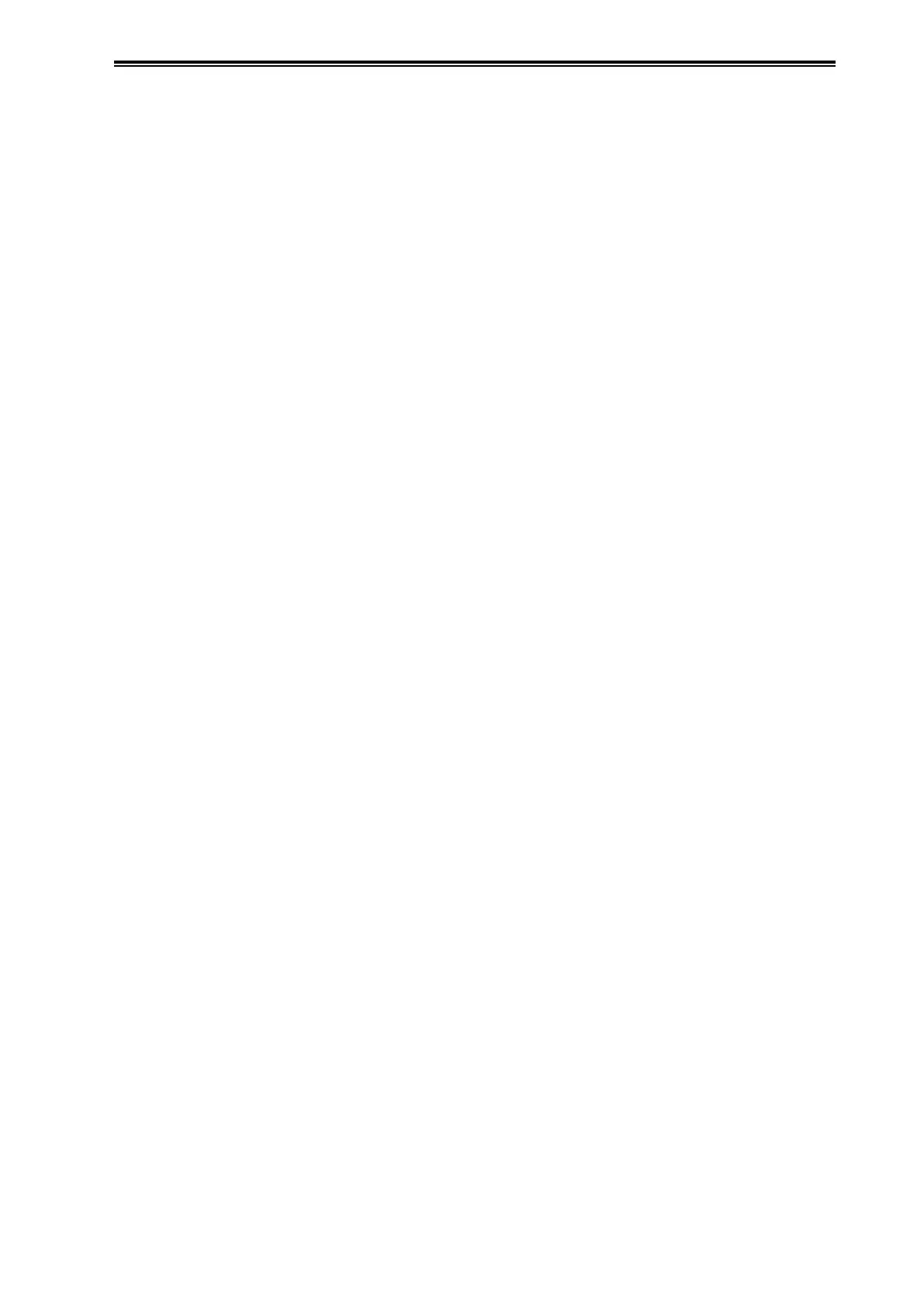A-1
Appendix A Maintenance and Troubleshooting of this Device
Appendix A
A1 Diagnosis of clogging in the connecting pipe using the
pressure frequency index
This appendix describes judgment of an abnormal state, setup procedures, and operation check
procedures when the pressure frequency index is used to diagnose clogging in the connecting
pipe. For general matters concerning the pressure frequency index, see section "3-11-1 Pressure
Frequency Index"
Section A1 of appendix A describes the principle behind the diagnosis of clogging in the
connecting pipe. Read this section first.
Sections A2–4 describe how to configure the diagnostic functions by transmitter and application
type.
• When measuring the pressure using a pressure gauge, see section A2.
• When measuring the differential pressure and flow rate using the differential pressure gauge, see
section A3.
• When measuring the level, see section A4.
Section A5 provides a supplemental description of parameters related to the diagnosis of clogging.
A1-1 Principle
The pressure of a flowing fluid fluctuates irregularly and frequently. The pressure frequency index
shows the number of fluctuations that have been detected. A large index number means that the
vertical oscillation is fast and that there are many high-frequency fluctuations. A small index shows
that the vertical oscillation is slow and that there are relatively few high-frequency fluctuations.
There are many causes of fluctuation. First, the pressure that generates the flow fluctuates. The
magnitude of this fluctuation may vary depending on the pressure and flow velocity, but fluctuation
always occurs when the fluid flows. This fluctuation is the most important factor in the diagnosis
of clogging in the connecting pipe. Also, pressure fluctuation occurs due to pumps, compressors,
or agitators. This fluctuation may also be used to diagnose clogging, depending on its cycle and
frequency.
Pressure fluctuation is transmitted to the differential pressure and pneumatic pressure transmitter
through the connecting pipe. When the connecting pipe is operating normally, fluctuation in the
process is directly transmitted to the transmitter, since there are no obstructions halfway. On the
other hand, if the connecting pipe is clogged, the clogging and piping system function as a low-
pass filter for pressure fluctuation. This is caused by the fact that the clogging obstructs the fluid
flow, and the pressure levels at both ends of the clogged portion cannot be equalized within a short
period of time. Therefore, even when the process pressure includes high frequency fluctuations, it
is difficult for them to be transmitted past the clog.

